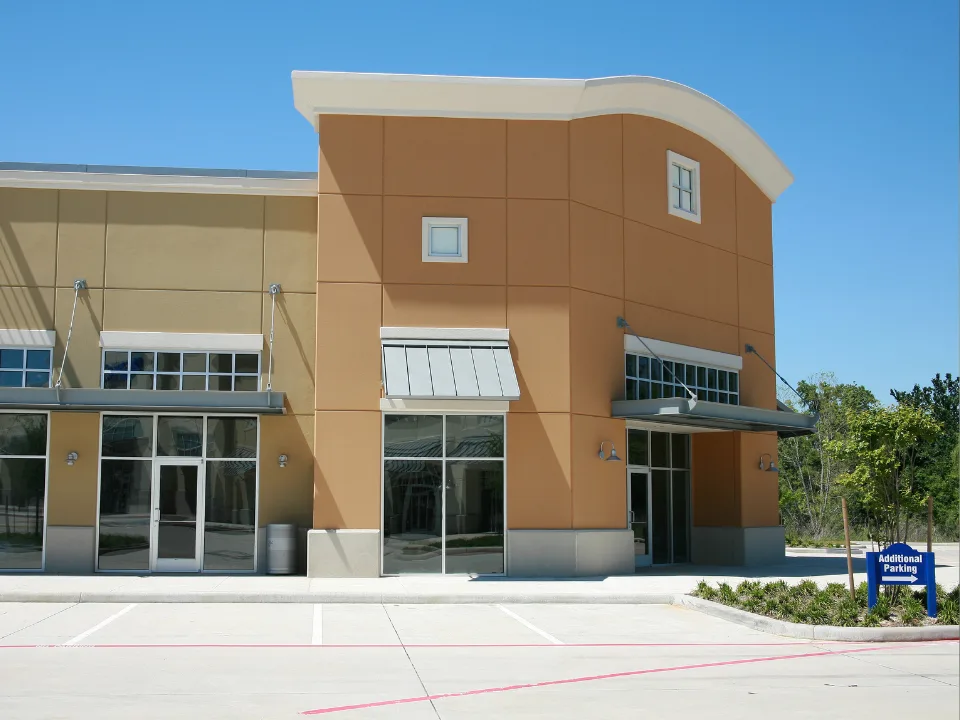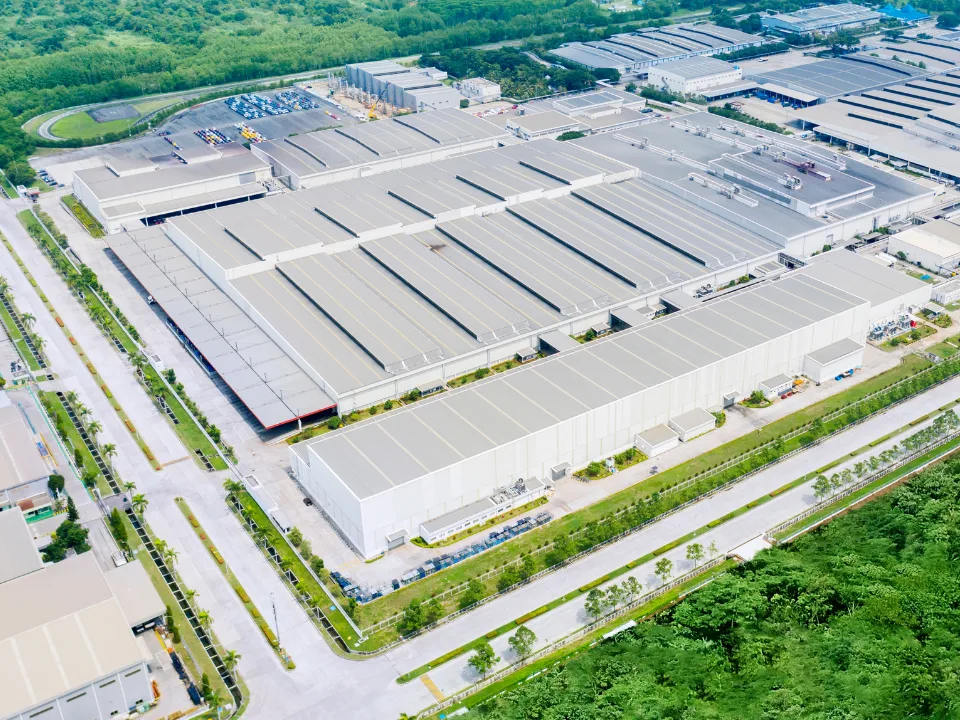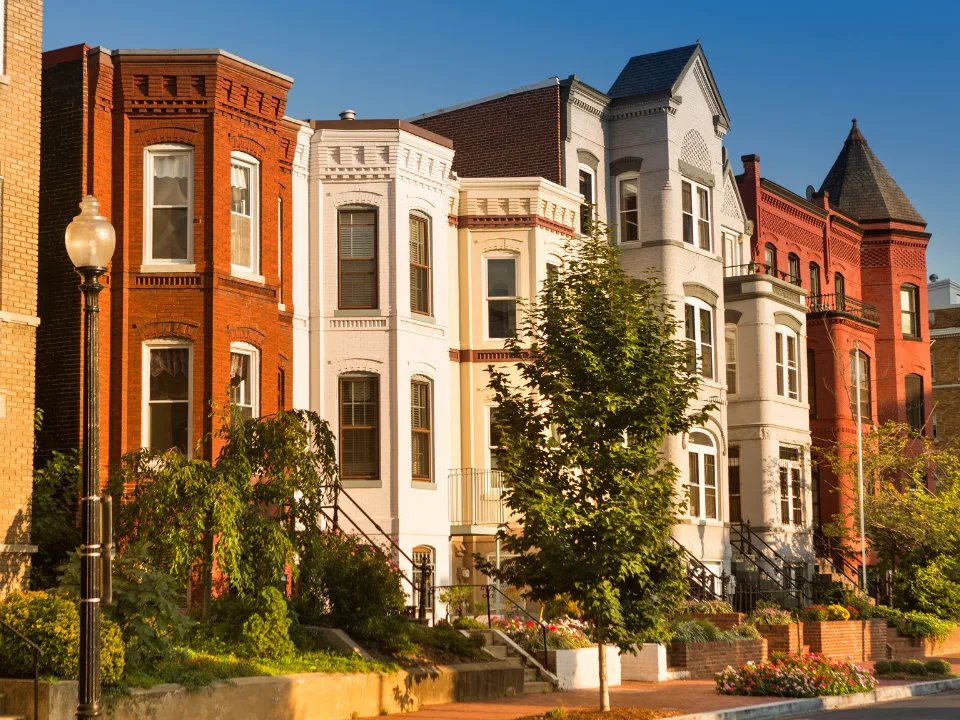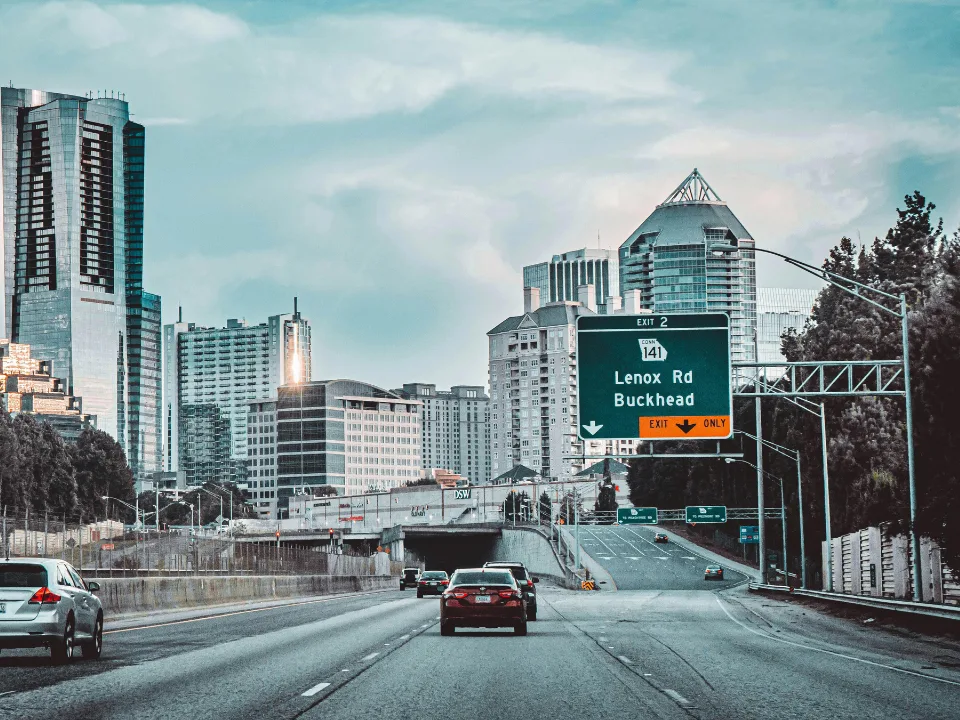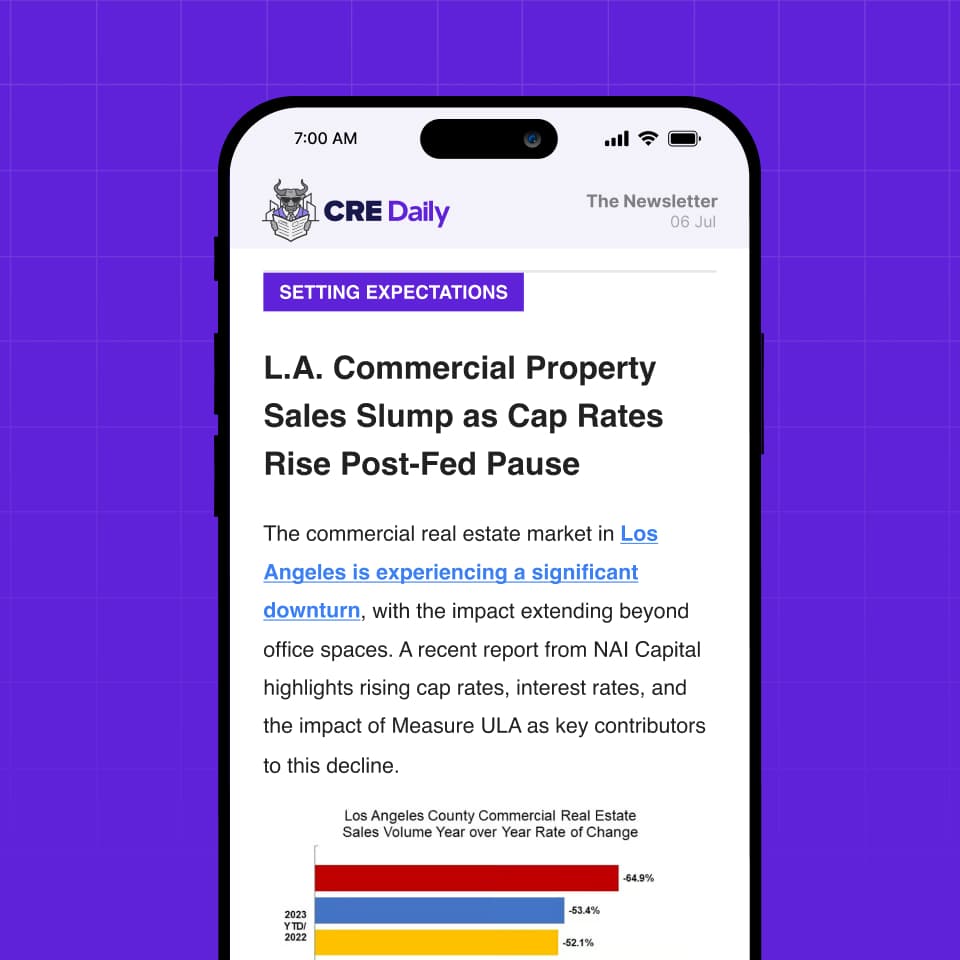- Around 250 Class B malls across the US present strong redevelopment potential amid slowing new retail construction and changing consumer behavior.
- While Class A malls are rebounding, Class B centers lag behind with foot traffic down 9% and occupancy rates of 89%, compared to 95% for Class A properties.
- Redevelopment strategies include adding residential units, healthcare services, experiential retail, and logistics facilities, aligning with evolving community and tenant demands.
- Cushman & Wakefield is tracking over 50 mall redevelopment projects, including the transformation of Hawthorn Mall in Illinois into a pedestrian-friendly, mixed-use hub.
Suburban Retail in Flux
Class B malls—typically suburban, enclosed shopping centers with mid-tier national and regional tenants—are under pressure, per GlobeSt. Many face increased vacancies, outdated layouts, and rising competition from e-commerce and modern lifestyle centers. According to Green Street, they make up about 28% of US malls, and their performance lags behind higher-tier counterparts.
Where Class A malls are nearing pre-2019 traffic, Class B malls remain nearly 10% below, with occupancy rates stuck at 89%. For comparison, C-rated malls fare even worse, with occupancy under 72%.
The Redevelopment Opportunity
Despite these challenges, Class B malls are increasingly seen as ideal candidates for adaptive reuse. Lower valuations, large footprints, and strategic suburban locations give developers room to reimagine their function.
Cushman & Wakefield sees potential for:
- Densification through mixed-use projects adding housing, office, and hotel components.
- Experiential upgrades such as fitness centers, indoor sports complexes, and entertainment zones.
- Community-first design with healthcare facilities, green space, and outdoor-facing storefronts.
- E-commerce integration via last-mile distribution centers and data hubs.
The report notes that revitalized malls can significantly boost local economies and enhance customer engagement, giving retailers a second chance to thrive.
Get Smarter about what matters in CRE
Stay ahead of trends in commercial real estate with CRE Daily – the free newsletter delivering everything you need to start your day in just 5-minutes
Case in Point: Hawthorn Mall
In Vernon Hills, Illinois, Hawthorn Mall is a leading example for a Class B mall. Once a traditional super-regional mall, it’s undergoing a substantial overhaul to become a mixed-use community. The redevelopment includes luxury apartments, an expanded retail and dining experience, and walkable public areas—demonstrating the new vision for America’s aging mall stock.
What’s Next
As consumer preferences continue to shift and new retail construction remains muted, developers are expected to lean further into adaptive reuse. More Class B malls will likely transform into multipurpose spaces that combine convenience, lifestyle, and community engagement—breathing new life into once-declining assets.
